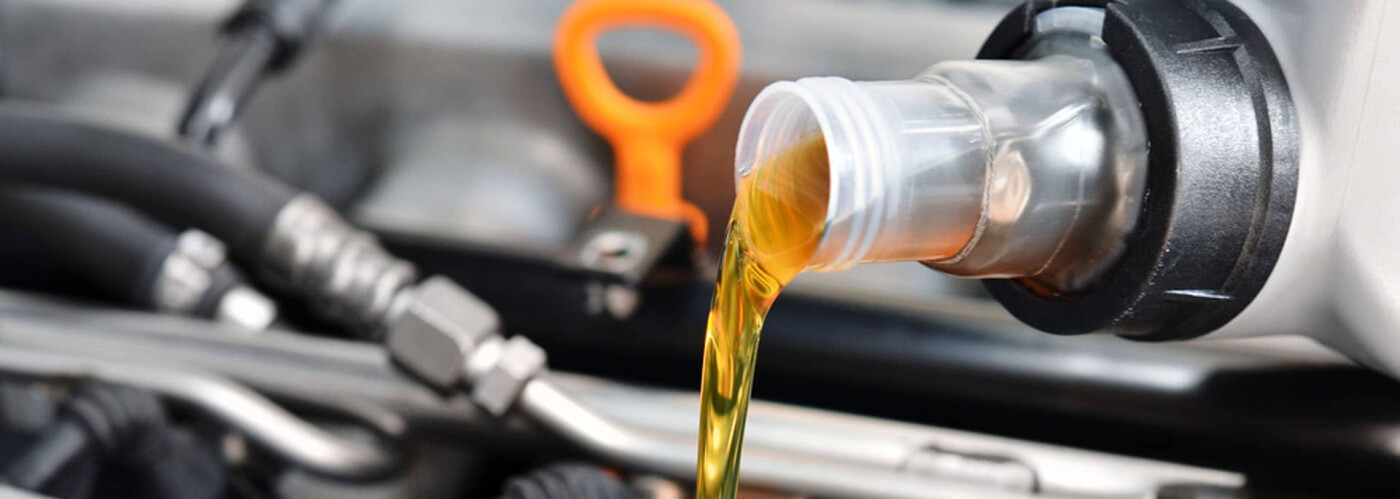Regular oil changes are a cornerstone of vehicle maintenance, yet the question of how often you should really change your oil remains a topic of debate among car owners. With advancements in automotive technology and varying manufacturer recommendations, understanding the right oil change interval is essential for prolonging your engine’s life and ensuring optimal performance. In this blog post, we’ll delve into the factors that influence oil change frequency, debunk common myths, and provide practical guidelines to help you make informed decisions for your vehicle’s maintenance.
1. Understanding the Role of Engine Oil
Before determining how often to change your oil, it’s crucial to grasp the vital role engine oil plays:
- Lubrication: Reduces friction between moving engine parts, preventing wear and tear.
- Cooling: Helps dissipate heat generated by the engine.
- Cleaning: Carries away dirt, debris, and metal particles, keeping the engine clean.
- Protection: Shields engine components from corrosion and rust.
Over time, engine oil degrades, becoming less effective in performing these functions. This degradation can result from contamination, thermal breakdown, and oxidation, necessitating regular oil changes.
2. Manufacturer Recommendations vs. Real-World Practices
Modern vehicles often come with extended oil change intervals, sometimes ranging from 7,500 to 15,000 miles or more, thanks to improved oil formulations and engine designs. Manufacturers base these recommendations on extensive testing under standard driving conditions.
However, real-world driving often deviates from these ideal conditions. Factors such as frequent short trips, extreme temperatures, towing, and dusty environments can accelerate oil degradation. Therefore, while manufacturer guidelines are a solid starting point, they may need adjustment based on your specific driving habits and conditions.
3. Factors Influencing Oil Change Frequency
Several key factors determine how often you should change your oil:
a. Driving Conditions
- City Driving: Stop-and-go traffic causes more engine strain and faster oil breakdown.
- Highway Driving: Steady speeds are less taxing on the engine, allowing for longer intervals between oil changes.
- Extreme Temperatures: Both very hot and cold climates can impact oil performance and longevity.
b. Engine Type and Age
- High-Performance Engines: May require more frequent oil changes due to higher operating temperatures and stress.
- Older Engines: Might consume more oil or have greater oil contamination, necessitating more frequent changes.
c. Oil Type
- Conventional Oil: Typically requires changing every 3,000 to 5,000 miles.
- Synthetic Oil: Offers superior performance and can extend oil change intervals to 7,500-15,000 miles depending on the vehicle and driving conditions.
- High-Mileage Oil: Formulated for vehicles with over 75,000 miles, these oils can help reduce leaks and oil consumption, potentially extending intervals.
4. Signs It’s Time for an Oil Change
Regardless of mileage, certain indicators signal that your engine oil needs changing:
- Oil Change Light: Modern vehicles are equipped with sensors that alert you when an oil change is due.
- Dark or Dirty Oil: Fresh oil is typically amber; if it appears dark and dirty, it’s time for a change.
- Sludge Buildup: Thick, sludgy oil can impede engine performance and increase wear.
- Engine Noise: Increased engine noise or knocking sounds may indicate insufficient lubrication.
- Exhaust Smoke: Blue or black smoke can be a sign of oil burning within the engine.
5. Benefits of Regular Oil Changes
Maintaining a consistent oil change schedule offers numerous advantages:
- Enhanced Engine Performance: Clean oil ensures smooth engine operation and optimal power delivery.
- Extended Engine Life: Proper lubrication reduces wear, preventing costly repairs and prolonging engine longevity.
- Improved Fuel Efficiency: Clean oil reduces engine drag, contributing to better gas mileage.
- Environmental Protection: Regular oil changes prevent oil leaks and spills, protecting the environment.
6. Debunking Common Oil Change Myths
Myth 1: “If the oil looks okay, it doesn’t need changing.”
Visual inspection is helpful, but oil can degrade internally without visible signs. Relying solely on appearance may lead to engine damage.
Myth 2: “High Mileage Means Less Frequent Changes.”
Older engines might require more frequent changes due to increased wear and oil consumption. Always refer to your vehicle’s specific needs.
Myth 3: “Synthetic Oil Lasts Forever.”
While synthetic oils offer extended intervals, they still degrade over time and usage. Adhering to recommended change intervals is essential.
7. Creating a Personalized Oil Change Schedule
To determine the optimal oil change frequency for your vehicle:
- Consult Your Owner’s Manual: Start with manufacturer recommendations tailored to your specific model.
- Assess Your Driving Habits: Consider factors like city vs. highway driving, towing, and climate.
- Monitor Oil Levels and Quality: Regularly check oil levels and condition to identify any unusual changes.
- Seek Professional Advice: Your mechanic can provide insights based on your vehicle’s condition and usage patterns.
8. Embracing Modern Maintenance Tools
Technology has made it easier to track and manage oil changes:
- Oil Life Monitors: Many vehicles feature systems that calculate oil life based on driving conditions and engine usage.
- Maintenance Apps: Smartphone applications can help you schedule and remember oil changes.
- Oil Analysis Services: For those seeking precise data, professional oil analysis can assess oil quality and engine health.
Conclusion
Determining how often to change your oil is a balance between following manufacturer guidelines and considering your unique driving circumstances. Regular oil changes are indispensable for maintaining engine health, ensuring performance, and extending your vehicle’s lifespan. By understanding the factors that influence oil degradation and staying attuned to your vehicle’s signals, you can make informed decisions that keep your engine running smoothly for years to come.
Remember, when in doubt, consult with a trusted mechanic or refer to your vehicle’s owner’s manual. Prioritizing timely oil changes is a simple yet effective way to protect your investment and enjoy a reliable driving experience.

